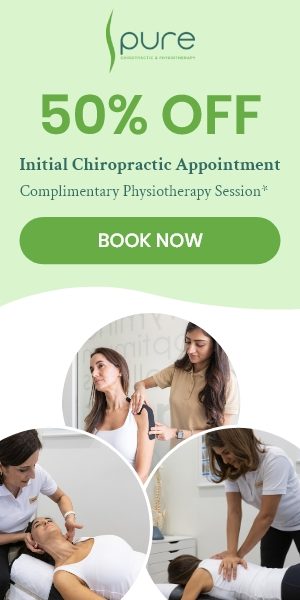Lower Back Pain – Is it your Psoas (Hip flexor) muscle?
Elgin John, Physiotherapist
April 17, 2023 | News

Whenever the psoas muscle shortens, it pulls the spine into a condition known as hyperlordosis, which is the exaggerated curvature of the lumbar spine. Naturally, this puts a lot of strain on your spinal muscles, most notably the erector spinae. Muscles are not the only affected tissues, however, as psoas contraction strains vertebral joints as well. This is ultimately what causes the painful symptoms associated with the condition.
A contracted psoas muscle will also cause biomechanical imbalance of hip and spine which may cause compression of the spinal discs and joints. This is because the muscle pulls and twists the vertebrae, leading to compression. Spinal compression causes pain and will eventually wear down the spinal structures as time goes by. This leads to structural damage, degenerative disc diseases, and sometimes herniation of the disc also.

How do we get it?
Chronic psoas shortening or weakness can be caused by exercise programmes continually and repetitively using hip flexion. Sedentary lifestyle and sleeping in the fetal position can also result in dysfunction of the psoas muscle.
Psoas compensates for the difference in strength of the abdominal muscles and posterior spinal muscles, so if imbalance is found here psoas dysfunction may occur as a result in an attempt to stabilize the lumbar spine.
Test for Hip tightness : Thomas Test
Lie faceup on the very edge of your bed or a sturdy table, so your legs hang off. Bring both knees towards your chest so your back lies flat against the bed. While holding one knee close to your chest, slowly straighten your other leg and let it hang off the edge.
You passed the test if your back and the back of your lowered thigh is flat against the bed, and your hanging knee is bent at a 90-degree angle off the surface.

A passed Thomas Test, where the back and thigh are flat against the table and the knee hangs off at a 90-degree angle.
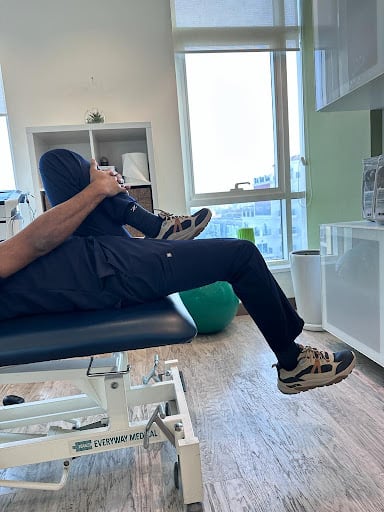
A failed Thomas Test. The leg is extended due to a tight rectus femoris, and the thigh is off the table due to a tight iliopsoas.
Hip flexors Stretches
Stretch has to be felt on the upper front thigh which is stretched backwards
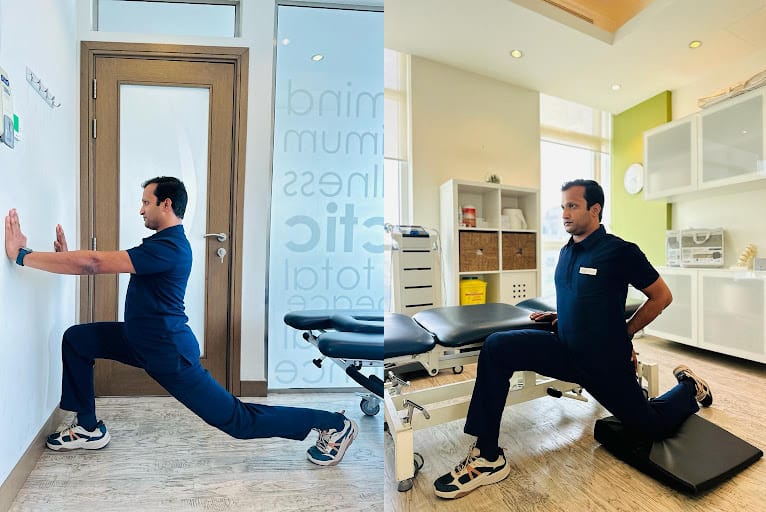
Recent post
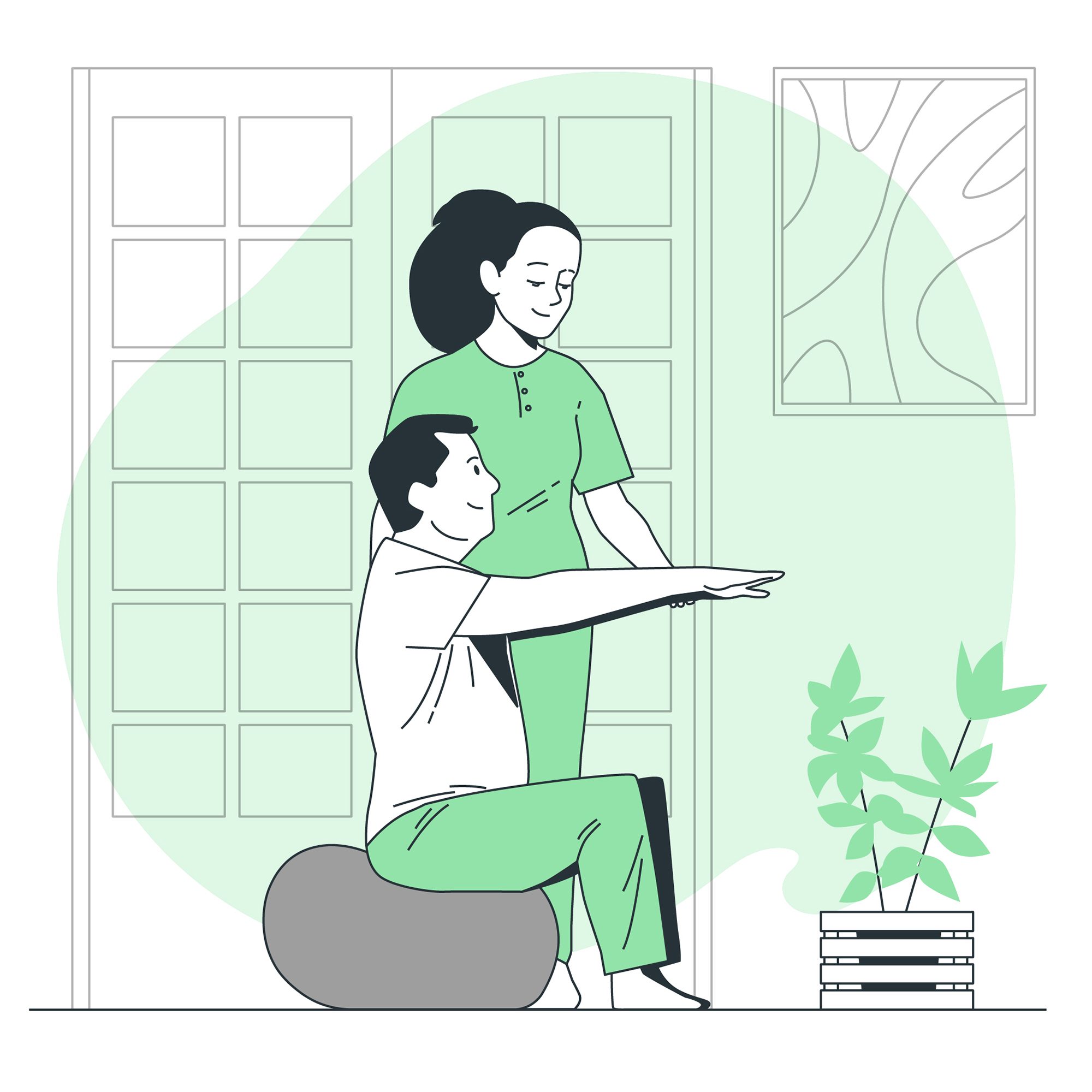
Healing After Surgery: How Physiotherapy Accelerates Recovery
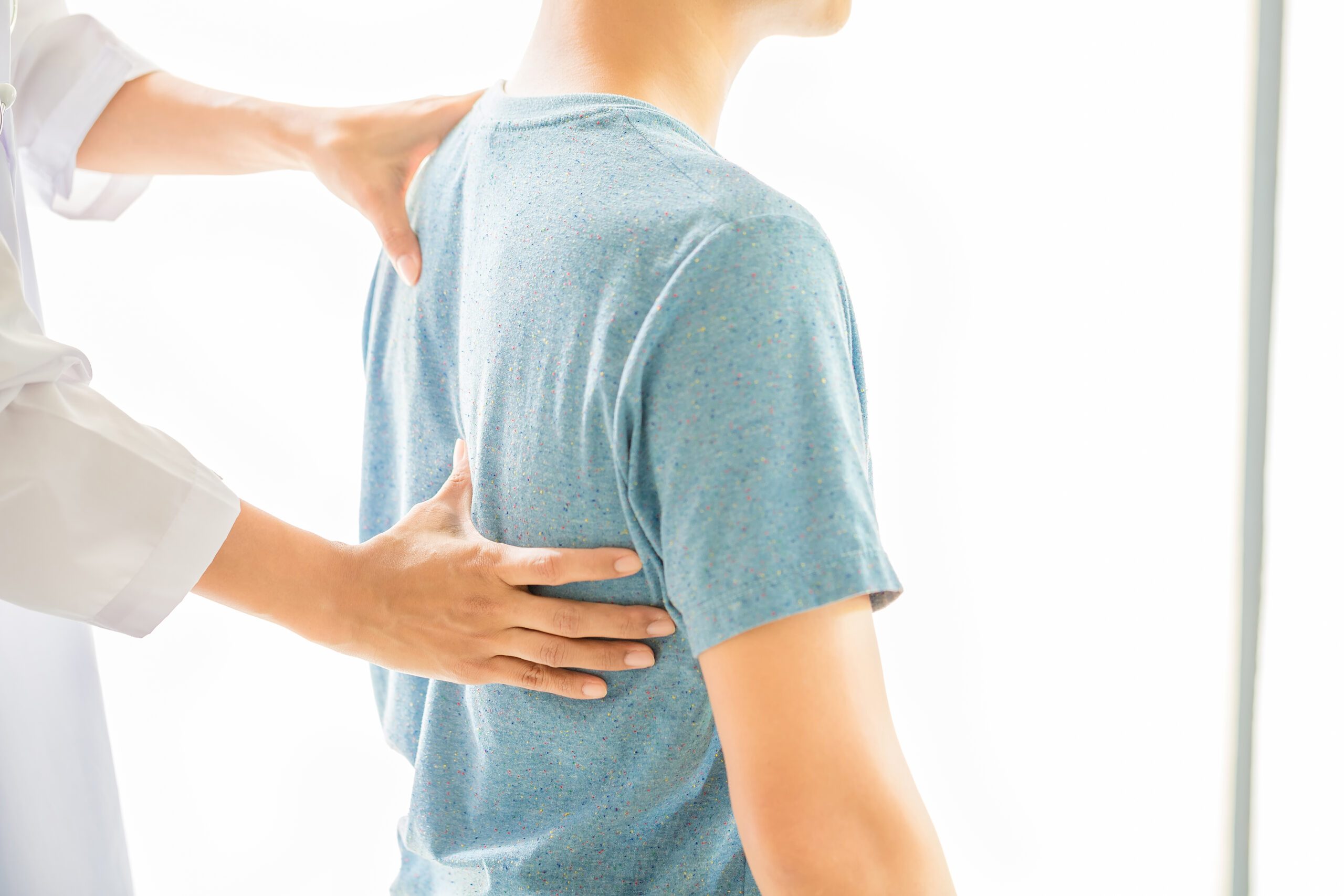
Chiropractic vs Physiotherapy: What’s Best for Back Pain?

Spinal Decompression Therapy: A Non-Surgical Solution for Back Pain Relief
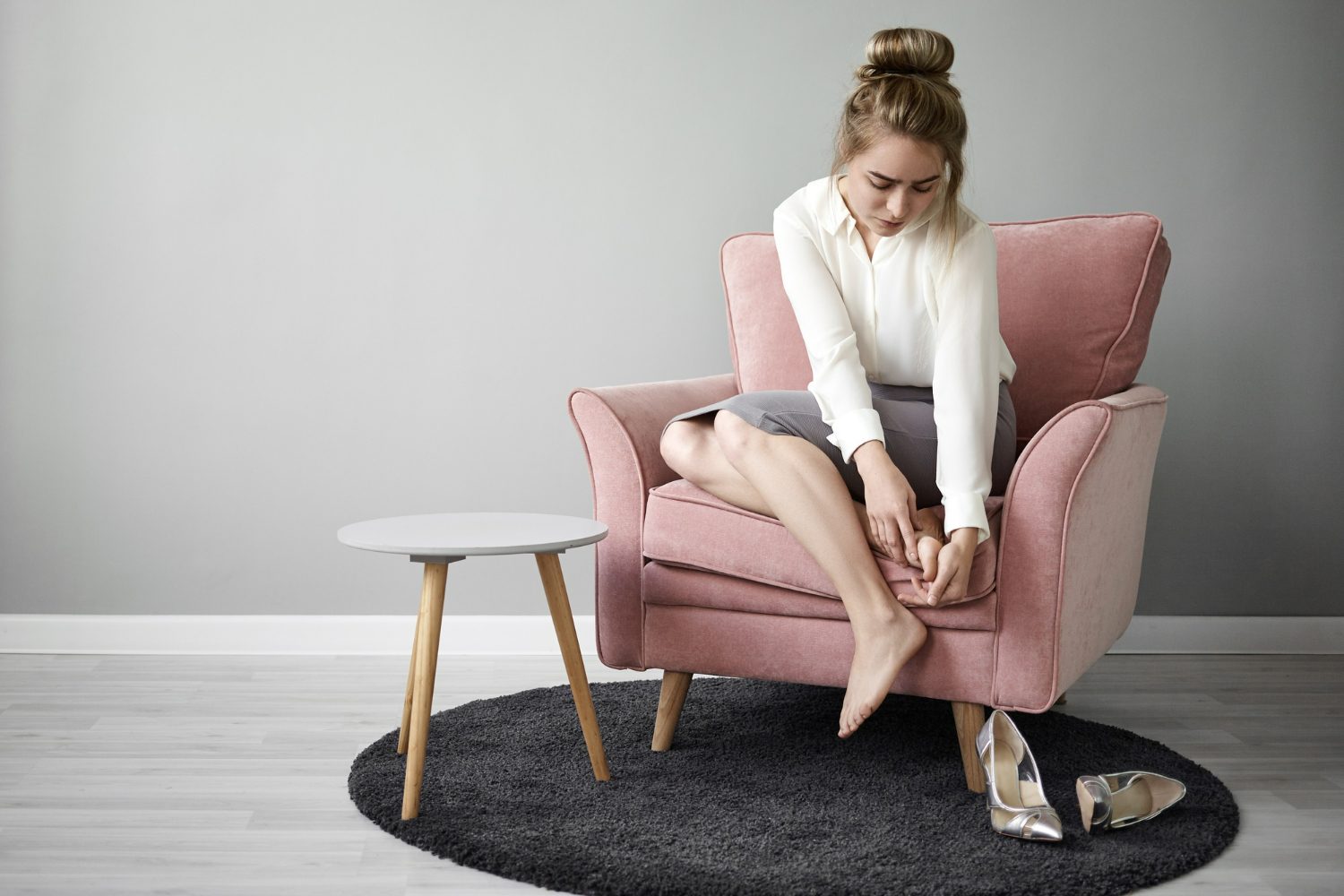
The impact of high heels on spinal health and alternatives
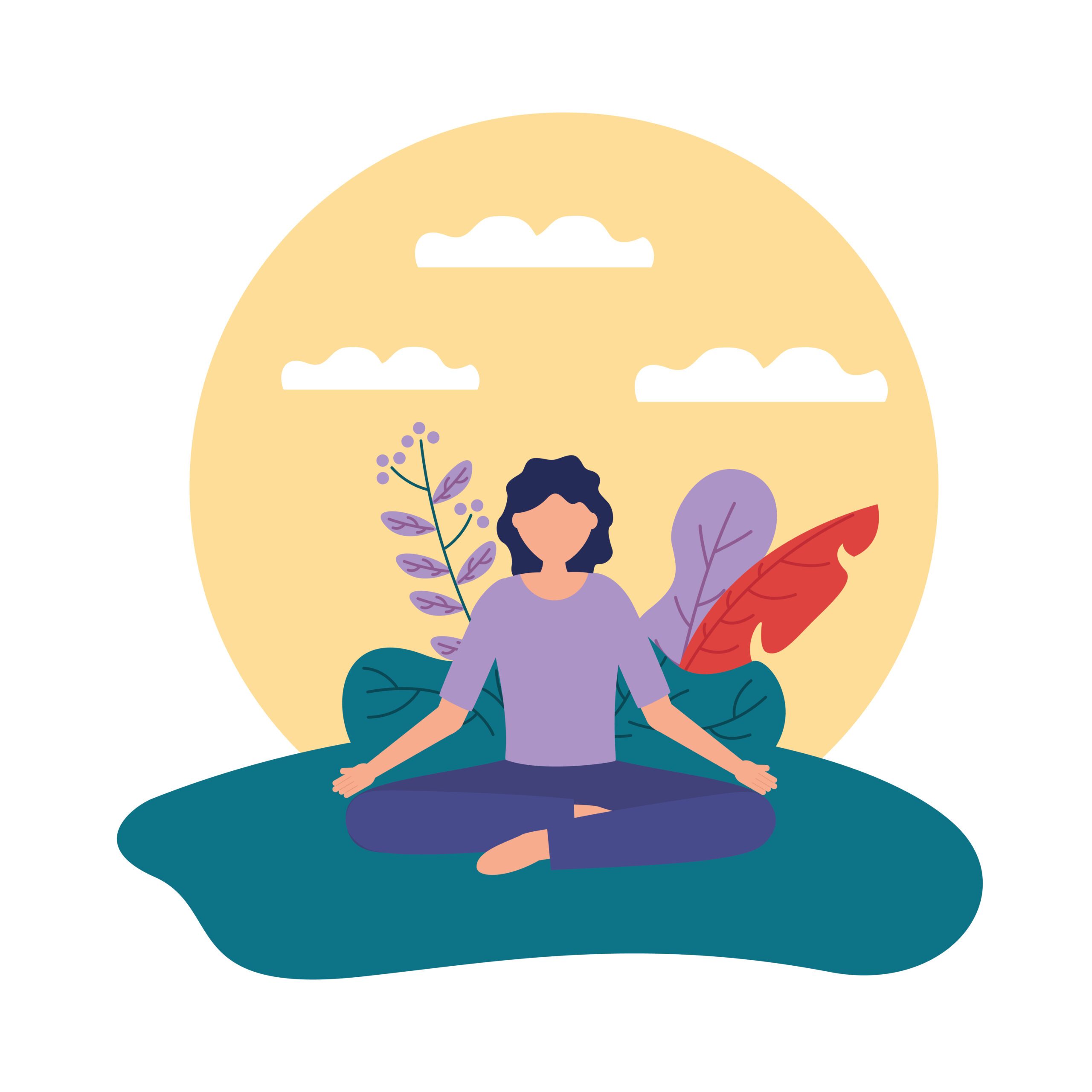
The Connection Between Posture and Mental Health

The Role of Chiropractic Care in Sports Injury Recovery
You may also like
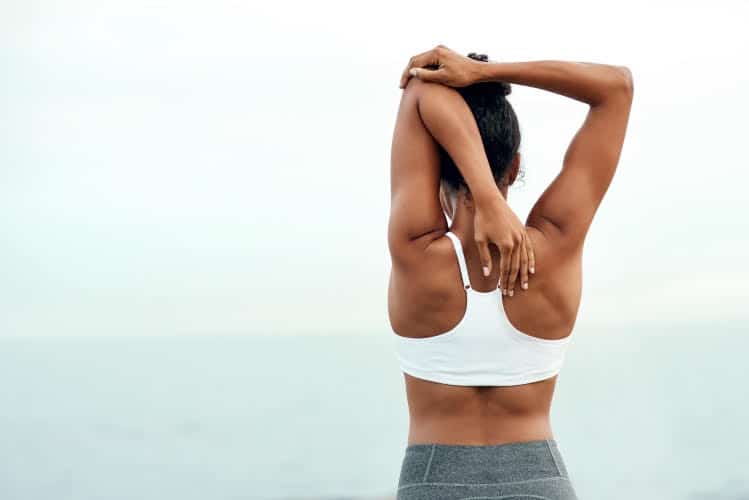
Want a healthy back?

Text Neck: How Physiotherapy Can Help Relieve Pain and Restore Posture

What’s the link between feet and lower back pain?

Managing Runner’s Knee: A Comprehensive Guide to Physiotherapy

Standing Desks: Is Sitting the new Smoking?

Drive Pain-Free: Top 5 Strategies to Prevent Back Pain on the Road
Recommended Posts
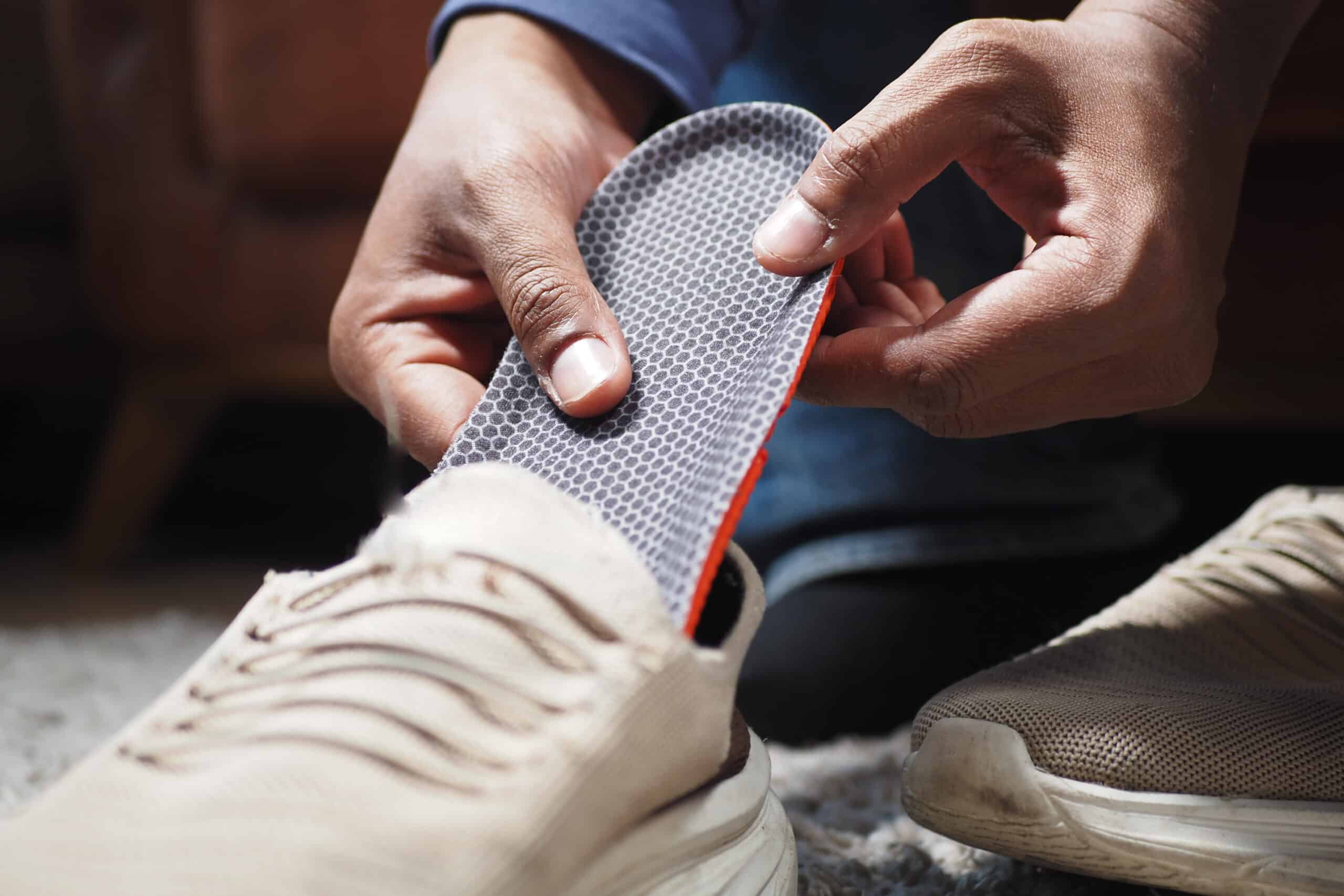
Taking a Step Towards Relief: How Insoles Can Help Ease Back Pain
by
Pranali Kamat, Physiotherapist
April 1, 2024

Did you know? Pelvic floor dysfunction can cause low back pain!
by
Sreevarsha Veedu, Physiotherapist
January 30, 2023

Lower Back Pain – Is it your Psoas (Hip flexor) muscle?
by
Elgin John, Physiotherapist
April 17, 2023
